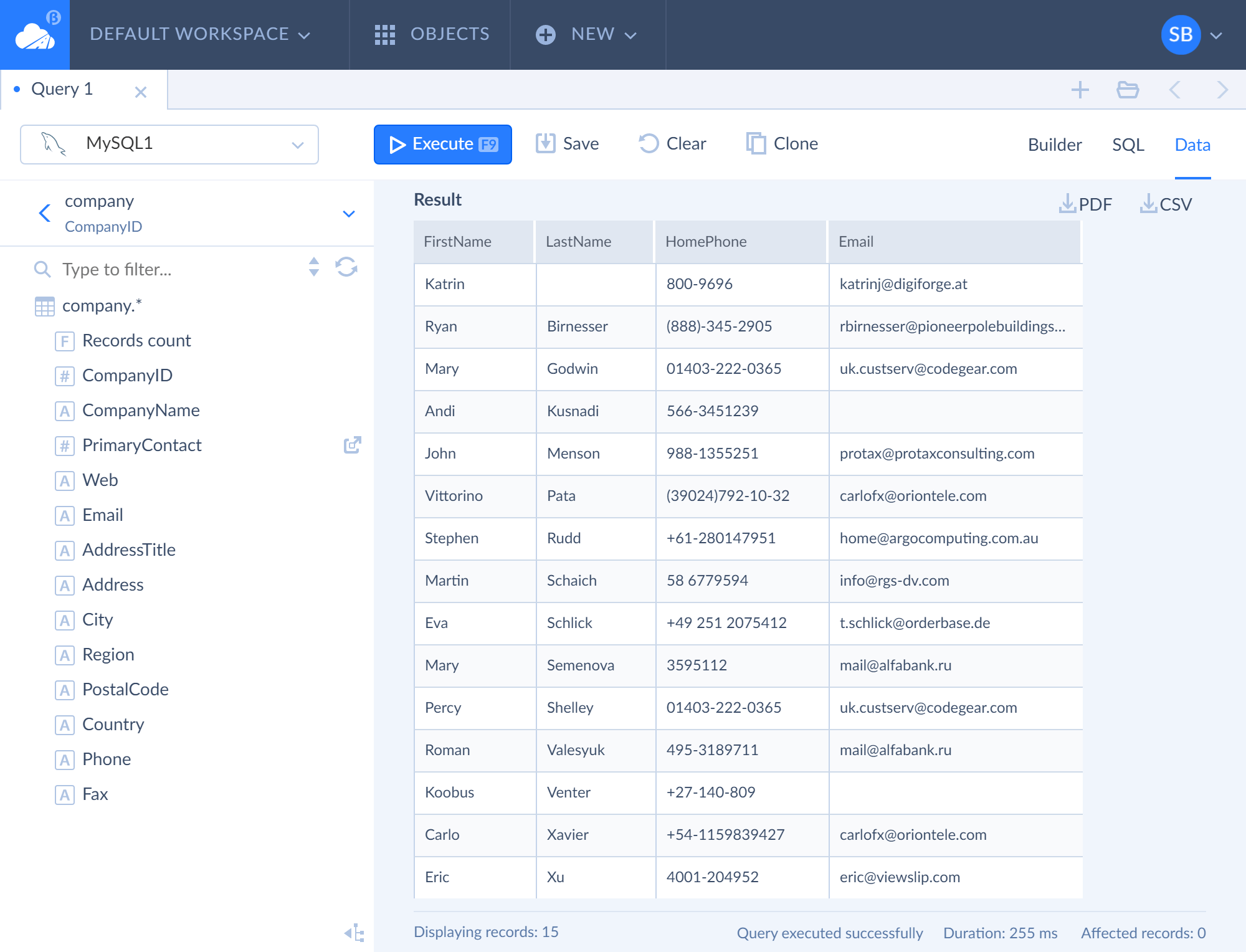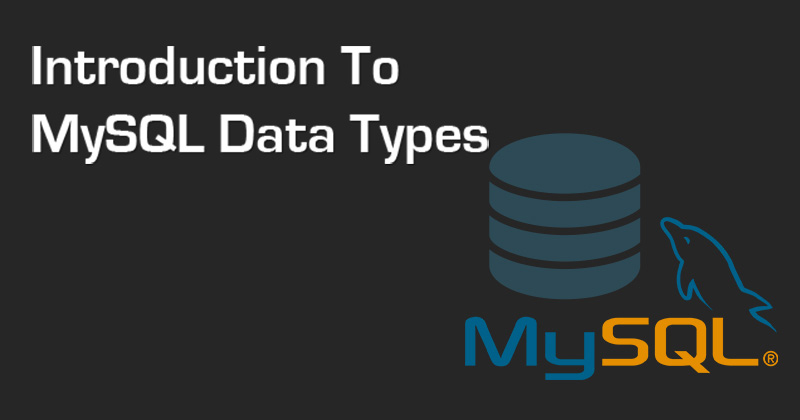

Ultimately this will allow us to use half as many UDB servers. After deploying MyRocks to this database tier in one of our data center regions, we were able to use 50 percent less storage for the same amount of data compared with compressed InnoDB. While there are some databases at Facebook that will still use InnoDB, we’re in the process of migrating to MyRocks on our user database (UDB) tier. With MyRocks, we can use RocksDB as backend storage and still benefit from all the features in MySQL. This led us to build MyRocks, a new open source project that integrates RocksDB as a new MySQL storage engine. A few years ago, we built RocksDB, an embeddable, persistent key-value store for fast storage that has several advantages compared with InnoDB for space efficiency.ĭespite its advantages, RocksDB does not support replication or an SQL layer, and we wanted to continue using those features from MySQL. While InnoDB provides great performance and reliability for a variety of workloads, it has inefficiencies on space and write amplification when used with flash storage. We recommend you check our PHP Tutorial for your reference.At Facebook we use MySQL to manage many petabytes of data, along with the InnoDB storage engine that serves social activities such as likes, comments, and shares. Many examples given in this tutorial will be useful for PHP Programmers. This tutorial focuses heavily on using MySQL in a PHP environment.
MYSQL DATABASE SOFTWARE
The open-source GPL license allows programmers to modify the MySQL software to fit their own specific environments.īefore you begin this tutorial, you should have a basic knowledge of the information covered in our PHP and HTML tutorials. The default file size limit for a table is 4GB, but you can increase this (if your operating system can handle it) to a theoretical limit of 8 million terabytes (TB). MySQL supports large databases, up to 50 million rows or more in a table. MySQL is very friendly to PHP, the most appreciated language for web development. MySQL works very quickly and works well even with large data sets. MySQL works on many operating systems and with many languages including PHP, PERL, C, C++, JAVA, etc. MySQL uses a standard form of the well-known SQL data language. It handles a large subset of the functionality of the most expensive and powerful database packages. MySQL is a very powerful program in its own right. MySQL is released under an open-source license. MySQL is becoming so popular because of many good reasons − MySQL is developed, marketed and supported by MySQL AB, which is a Swedish company. MySQL is a fast, easy-to-use RDBMS being used for many small and big businesses. Referential Integrity − Referential Integrity makes sure that a foreign key value always points to an existing row. Index − An index in a database resembles an index at the back of a book. With a key, you can only find one row.įoreign Key − A foreign key is the linking pin between two tables.Ĭompound Key − A compound key (composite key) is a key that consists of multiple columns, because one column is not sufficiently unique.

A key value can not occur twice in one table. Redundancy − Storing data twice, redundantly to make the system faster. Row − A row (= tuple, entry or record) is a group of related data, for example the data of one subscription. A table in a database looks like a simple spreadsheet.Ĭolumn − One column (data element) contains data of one and the same kind, for example the column postcode.

Interprets an SQL query and combines information from various tables.īefore we proceed to explain the MySQL database system, let us revise a few definitions related to the database.ĭatabase − A database is a collection of tables, with related data. Guarantees the Referential Integrity between rows of various tables. This is called relational database because all the data is stored into different tables and relations are established using primary keys or other keys known as Foreign Keys.Ī Relational DataBase Management System (RDBMS) is a software that −Įnables you to implement a database with tables, columns and indexes. Nowadays, we use relational database management systems (RDBMS) to store and manage huge volume of data. Other kinds of data stores can also be used, such as files on the file system or large hash tables in memory but data fetching and writing would not be so fast and easy with those type of systems. Each database has one or more distinct APIs for creating, accessing, managing, searching and replicating the data it holds. A database is a separate application that stores a collection of data.


 0 kommentar(er)
0 kommentar(er)
